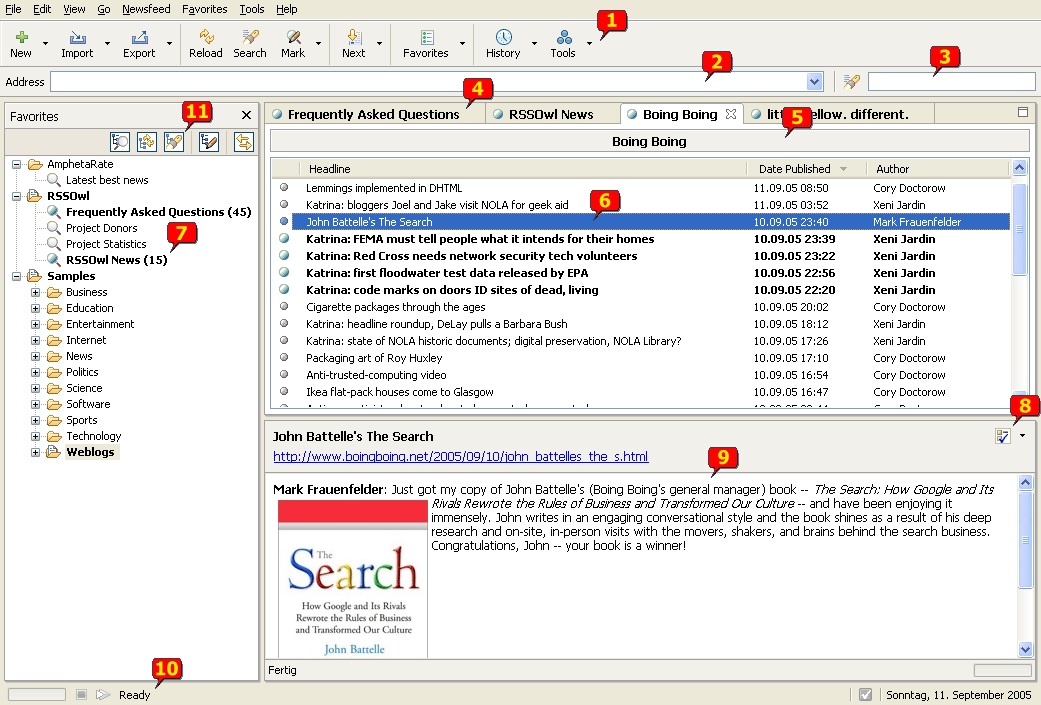

SELECT house_id, first_name, last_name, email

But the result is a cross join with all rows from one table combined with all rows from another table.įor example, suppose we want to get information on the customer who bought a particular house (ID #2134). This is valid syntax, so you do not get any error messages. Missing ON Conditionīeginners unfamiliar with SQL JOINs often simply list the tables in FROM without specifying the JOIN condition at all when trying to combine information from two or more tables. any further delay, let’s move to our examples. See below for what data is stored in each table. We have tables with agents, customers, and sales. Imagine we run a real estate agency that sells houses somewhere in the United States. Let’s start by briefly reviewing the data to be used for our examples. I’ll go through the top 5 reasons for each one, I’ll show a sample query with the problem and a corrected query to get a result without duplicates. There are many possible reasons for getting duplicates in the result of your SQL JOIN query. What Are the Reasons for Duplicates in SQL JOINs?

Now, let’s see how these different JOINs may result in unwanted duplicates. You may even need to join tables without a common column or join more than two tables.
RSSOWL DUPLICATES FULL
Depending on your use case, you can choose INNER JOIN, LEFT JOIN, RIGHT JOIN, and FULL JOIN. If you are not familiar with SQL JOIN types, read this article that explains them with illustrations and examples. The SQL JOIN is a great tool that provides a variety of options beyond the simple join of two tables. Here’s also an SQL JOIN cheat sheet with syntax and examples of different JOINs. If you are new to SQL JOINs, check out this introductory guide. Then in the ON clause, we specify the columns from each table to be used for joining these tables. In your query, you can join two tables by the director’s ID to get a list of movies made by currently living directors:Īs you can see, we specify the tables we want to join in the FROM and JOIN clauses. But you do have a separate directors table, with the ID, the full name, the birth year, and the death year (if applicable) of each director.
RSSOWL DUPLICATES MOVIE
In your movies table, you don’t have detailed information on the movie directors, just their IDs. JOIN is an SQL construct for requesting information from two or more tables within the same query.įor example, let’s say you have a list of the top 100 movies from the 20th century, and you want to subset it to the movies made by currently living directors. Let’s start with a very brief overview of SQL JOINs.


 0 kommentar(er)
0 kommentar(er)
